
3D Site Plans – Complete Rendering Guide
Before a single foundation is poured or a wall takes shape, every construction project begins with one thing – a plan. But while traditional blueprints show dimensions, 3D site plans


Contributing Writer | Architecture & Design Writer
Creating a site plan on your own is possible and can save you the cost ($500 to $1,200) of hiring an architect or licensed surveyor.
However, it’s not an easy task, and the approach to site plan drawing may vary based on your skills, preferences, and the specific details required for the plan.
Keep reading to find out all you need to know about drawing a site plan.
Table of Contents
Toggle
To draw a site plan, it’s important to have at least a basic understanding of technical drawing or to be comfortable using drawing software.
This is because a site plan is a critical document for any project, outlining the layout and elements of the property.
There are several things included in creating a site plan:
But before you get started, make sure a certified site plan isn’t required—if it is, this whole approach might not be relevant to your situation.
Now, let’s start from the beginning and see how to prepare for drawing.

Before starting the actual drawing, it’s essential to lay the groundwork. Proper preparation ensures accuracy and a smoother process.
This phase involves two key tasks:
First, clarify the purpose of the site plan—will it be for official use or private purposes? Will it be a residential or maybe commercial site plan?
This decision will guide how detailed and precise the drawing needs to be. At this stage, adherence to zoning regulations is crucial.
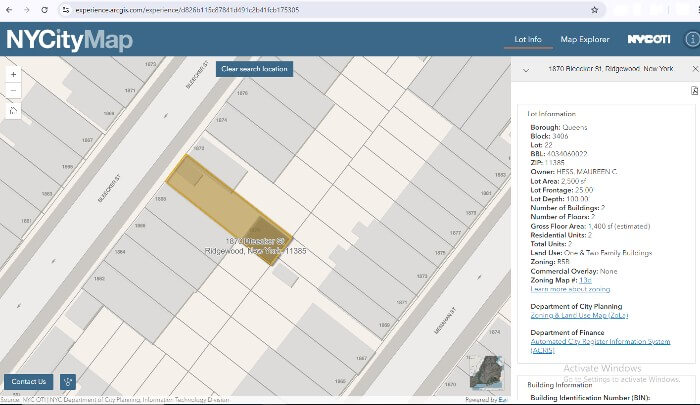
You can obtain property line information and dimensions by:
You can obtain your site plan property measurements by asking for official maps that include your property.
There are several ways to do it:
A licensed surveyor can survey the land before drawing the site plan and take a precise topographic land survey of your property, providing accurate data to prepare your site plan (topography details and elevation notes will be valuable here).
To learn more about the differences between Site Plan and Survey, check out our article.
If you prefer to handle all aspects of the drawing yourself and you have enough skills, you can use GIS software or Google Earth to take measurements for free.
Many local governments provide access to public GIS resources [4].
To obtain a detailed map, enter specific information like your address, property owner’s name, or parcel number. Once you locate your property, you can explore various layers and save or print a copy of the map.
Alternatively, if you’re comfortable with Google Earth, you can use its measuring tool to outline property lines and dimensions for your site plan [5].
The most reliable method for measuring property dimensions is by doing it yourself, so we’ll cover it separately later in the text.
Now, after gathering all the necessary information and defining the intent, it’s time to decide which drawing method best suits your project.

As we mentioned, you draw a site plan in two different ways, depending on your preferences and skills.
The two main DIY site plan options are:
Speaking about site plan drawing programs, there are various types, differing from free to paid versions or downloadable and online. Read more about the best software for site plan.
Here’s the table showing a brief overview of each drawing method.
| Method | Software/Tools | Cost | Pros | Cons |
| Software | AutoCAD | ~$1,700/year | Highly precise and versatile | The steep learning curve, expensive |
| Software | Cedreo | $79 + | User-friendly for amateurs | Limited features for advanced needs |
| Software | SketchUp | $49.99 + | DIY-friendly, many features | Requires time to master |
| Manual Drawing | Graph paper, pencil, ruler, etc. | Minimal cost | Simple, hands-on approach | Time-consuming, less precision |
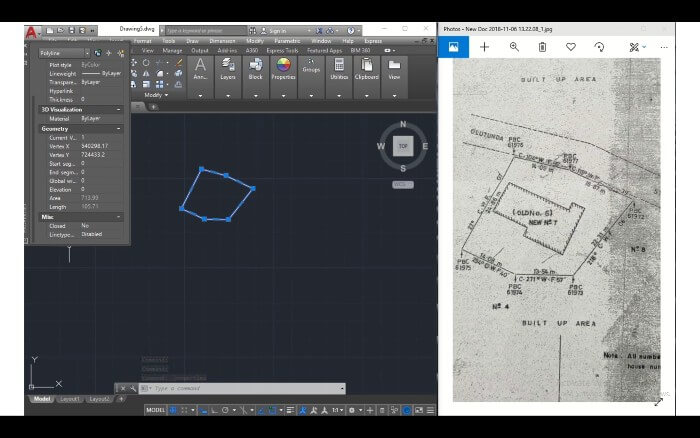
AutoCAD is probably the most popular design software that has site plan features included.
It offers precision that allows users to illustrate detailed and complex site plan drawings, but for the same reason, it requires hours of learning and is not recommended for amateurs.
On top of that, a 1-year subscription to this software costs around $1,700.
Here’s an example of how to draw a site plan with this software:
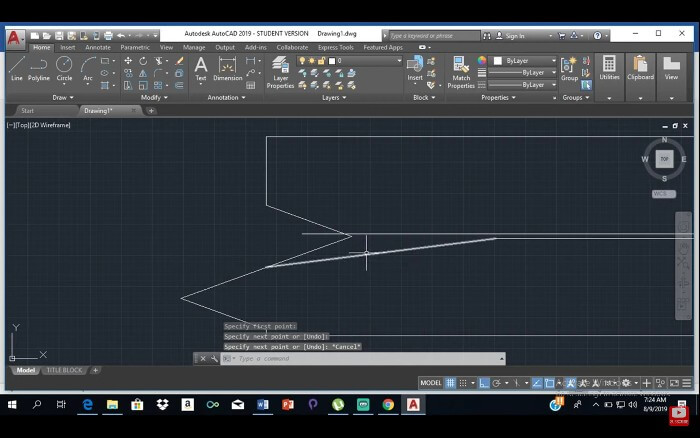
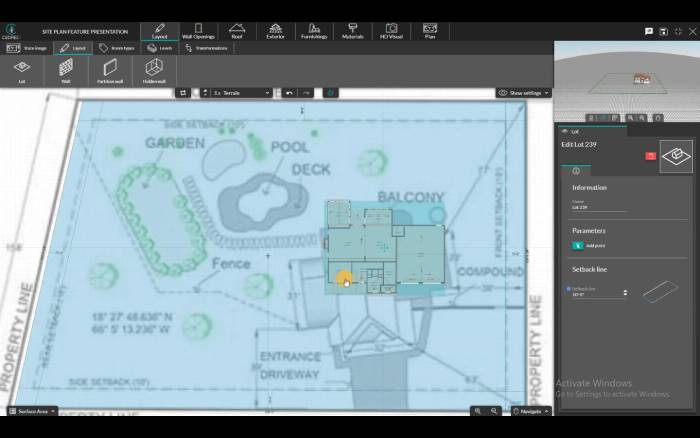
Cedreo has a user-friendly interface, and that’s why it may be slightly more suitable for amateurs drawing a site plan.
It has intuitive drawing tools, but it comes with a minimum price of $79, which may not be cost-effective if you intend to create one site plan for a specific purpose, considering you could get a professionally done simple site plan for approximately $89.
Here’s how to sketch a site plan in Cedreo.

Again, software with a user-friendly interface that allows DIY homeowners to create their own detailed site plan.
However, like every similar software, it has lots of features and tools that require time investment to learn how to use it the right way. Here’s a guide showing you what to expect.
Furthermore, the price for the most popular plan starts at $49.99.
Lastly, although some AI-powered site plan drawing software is available today, it’s not yet fully reliable. For now, it’s wiser to rely on more established programs, like the one mentioned above.
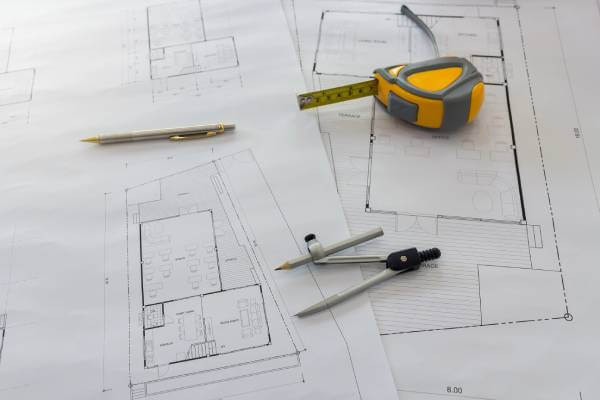
If your local building department accepts it, a hand-drawn site plan is another DIY option. Yet, while it’s free, it’s probably the most difficult one and most time-consuming.
To draw a site plan by hand, you will need the following equipment:
Begin the traditional process with a rough sketch and gradually refine it into a more accurate depiction.
To save your time, we provided a printable horizontal and vertical site plan template with grids below:


This approach will help you accurately reflect measured distances in your drawing and achieve clear spatial organization.
Now that you’ve explored various drawing methods, let’s focus on the crucial prerequisite for any drawing once more—measurements and dimensions. To double-check dimensions whenever you have any doubts, you can always apply on-the-ground measurements.
Here’s how to do it.
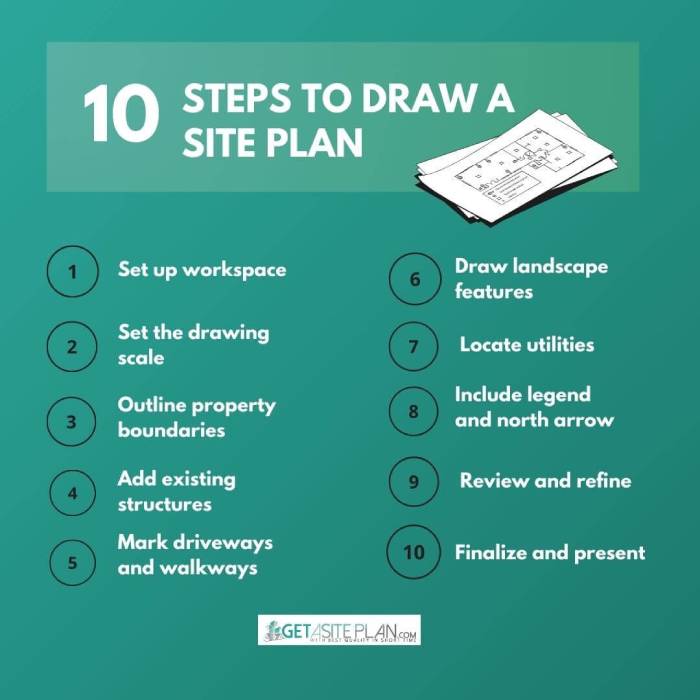
This guide will assist you in deciding whether you’re ready to take on the task yourself, as site plans not only outline property boundaries and structures but also depict zoning regulations, which dictate how the property can be developed and used.
Proper preparation and attention to detail will ensure your site plan is accurate and well-structured.
Therefore, it’s essential to follow each of the steps carefully and understand the process thoroughly (steps are similar to those when drawing a plot plan – you can find all the differences in the article “Site Plan vs Plot Plan“).
Here are the steps for drawing a site plan:
Now, let’s see each step in more detail.
Gather the tools necessary for manual site drawing (like graph paper, pencil, ruler, etc.) or a computer if you prefer drawing using software.
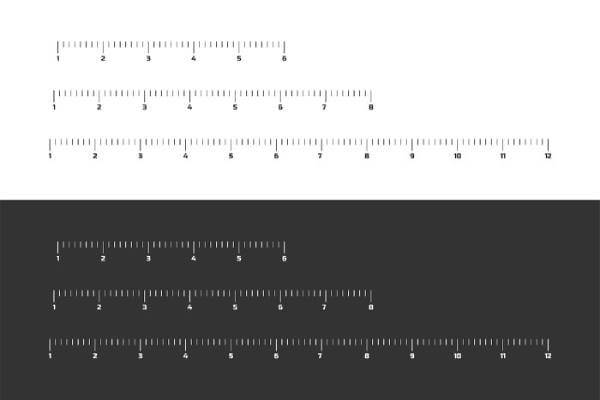
To draw a site plan using a proper site plan scale, select the one (Architectural or Engineering) that fits well on your chosen medium, whether paper or digital and leaves enough space for detailed elements (i.e., 1 inch = 20 feet). Write down the numeric scale you used.
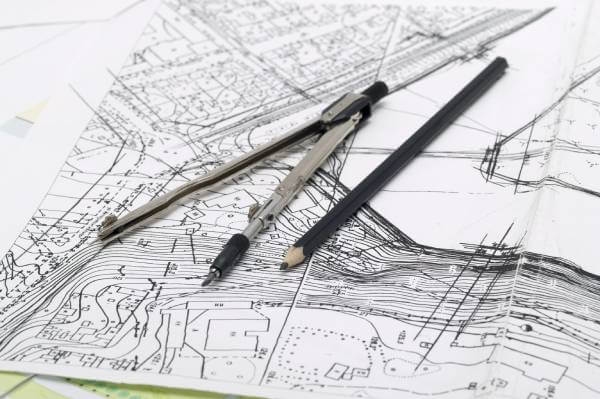
Start by sketching the property lines based on your measurements. The layout outlines the property boundaries, ensuring that the lengths and angles have accurate positions according to the collected data.
Be sure to include comprehensive details of the property boundaries.
A north arrow helps orient the site plan, while a legend explains the symbols and line styles used in your drawing. Here’s how to read a site plan and its details.
Include measurements for all structures, making sure they are scaled and aligned with property boundaries. Consider any structural elements that may influence the overall design of the property layout.
Show the paths for vehicles and pedestrians in their precise locations, as these can influence the overall land layout and land use.
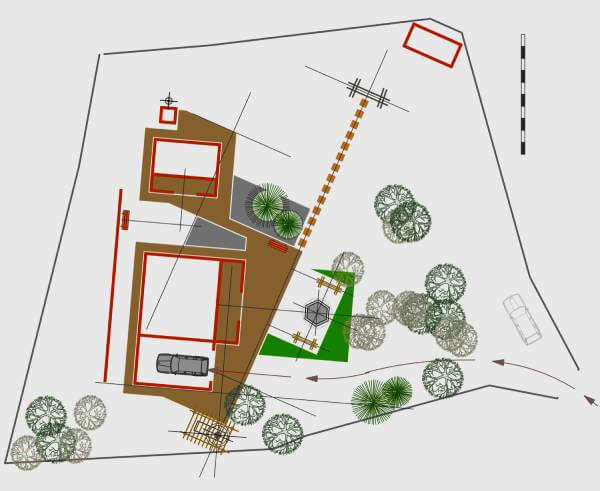
Depict elements such as trees, gardens, and changes in terrain like slopes or water features, as they can affect the site’s usability and appearance.
Inclusion of landscape features is essential to distinguishing different types of landscape features clearly, so always label the structures and vegetation on the blueprint.
If needed, mark the location of all utilities on the site development plan using symbols or markers, including water, electricity, gas, and sewage.
Proportional drawing to scale should be applied when marking utilities as well.
Check the plan to ensure all components are included, correctly scaled, and clearly labeled. Clear labeling and organization, along with a legible layout and proper orientation, are key to a successful plan, so ensure you make any necessary adjustments for clarity.
Remove any unnecessary marks or unclear lines. Your site plan is now ready to be shared with stakeholders, used as a blueprint for contractors, or submitted for permits.
Yet, remember that in some cities or counties, like in New Smyrna Beach, there are even more details a site plan should show (like the name of adjacent roads, well main location, sewer line location, septic tank location, etc.), so make sure to check with your local building department first [6].
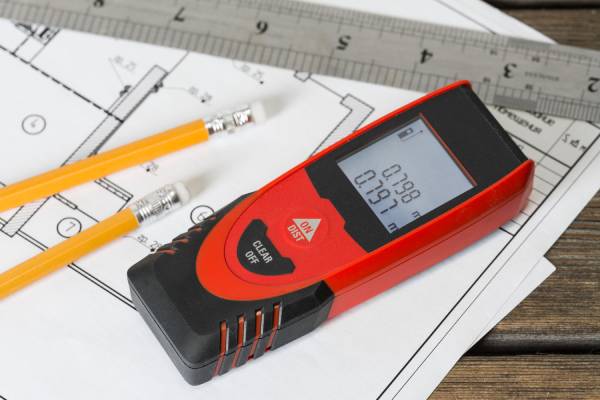
The accuracy of your site plan depends entirely on precise measurements, as they form the foundation of its reliability.
Therefore, make sure to choose the tool and method you think it’s most suitable and you’re most skilled with:
Additionally, to make sure you’ll measure the dimensions accurately, do the following:
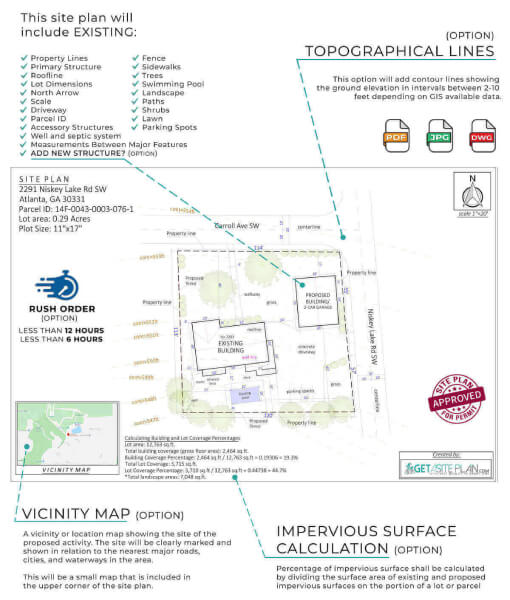
If learning how to draw a site plan feels overwhelming, there’s an easier alternative: ordering a site plan online.
This option saves you the time and effort of:
✅ mastering specialized software
✅ paying for design tools
✅ spending hours drawing precise lines on graph paper
✅ double-checking measurements on your own
In as little as 24 hours, you’ll have a professionally drawn site plan for a permit, ensuring that all dimensions and requirements are accurate, thanks to a team of skilled experts handling the details.
It can cost anywhere from $89 to $1,200 to draw a site plan, depending on the option you’ve chosen. The cheapest option is ordering a site plan online, while the most expensive is hiring a professional land surveyor.
It depends on the local laws, but in most states, anyone can draw a site plan. Yet, the best option is to have it done by professionals, either online or on the site.
The most common site plan scale is 1’’:20’. This means that one inch on the drawing represents 20 feet on the site.
The best resources for learning about site plan creation are online tutorials, software guides, architectural textbooks, and community college courses for foundational knowledge.
The common mistakes to avoid when developing a site plan include omitting details, inaccuracies, non-compliance with building/zoning regulations, and not accounting for safety, drainage, and environment.
Local authorities might reject a site plan for reasons like overlooking environmental regulations, non-compliance with zoning laws, inaccuracies, paper size, scale, safety concerns, etc.
If you’re a DIY enthusiast, drawing a site plan yourself can be a rewarding challenge.
However, if you need a site plan for building permits or other official purposes, keep in mind that a poorly executed plan can lead to delays or complications. Additionally, drawing a site plan can often take longer than expected, especially if you’re on a tight schedule.
In these cases, ordering a site plan online may be the best option.
For the cost of a monthly subscription to some DIY design software, you can have a professionally drawn site plan for a permit delivered in just 24 hours.
References:
https://assessor.saccounty.net/MapsPropertyDataAndRecords/Pages/AssessorParcelViewer.aspx
https://assessor.saccounty.gov/MapsPropertyDataAndRecords/Pages/AssessorRecords.aspx
http://www.citrusheights.net/181/Public-Records
https://www.mass.gov/gis-resources-and-services-for-municipalities
https://support.google.com/earth/answer/9010337?hl=en&co=GENIE.Platform%3DDesktop
https://www.cityofnsb.com/676/Steps-to-drawing-a-Site-Plan
Learn more about our contributor:

Contributing Writer | Architecture & Design Writer
During my career, I’ve written articles on interior design, home remodeling, and renovation with an emphasis on money-saving tips and DIY ideas. It’s been a rewarding journey and I am thrilled to continue helping others bring their architectural visions to life.

Before a single foundation is poured or a wall takes shape, every construction project begins with one thing – a plan. But while traditional blueprints show dimensions, 3D site plans

Many homeowners start landscaping projects without realizing some require permits. A landscape permit helps ensure compliance with local codes, protects the environment, and prevents drainage or structural problems. Whether you
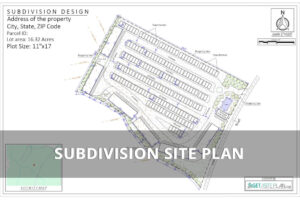
Picture standing over a blueprint that shows the future of your land – where roads will curve, how each lot will breathe, where every pipe, fence, and tree will fit.